Spotlight on mouse models of autism
Recent articles
Featured articles
Why studying autism in mice may be doomed to fail
After more than a decade of effort, scientists are questioning whether mouse models of autism can ever capture the social deficits seen in people with the condition.
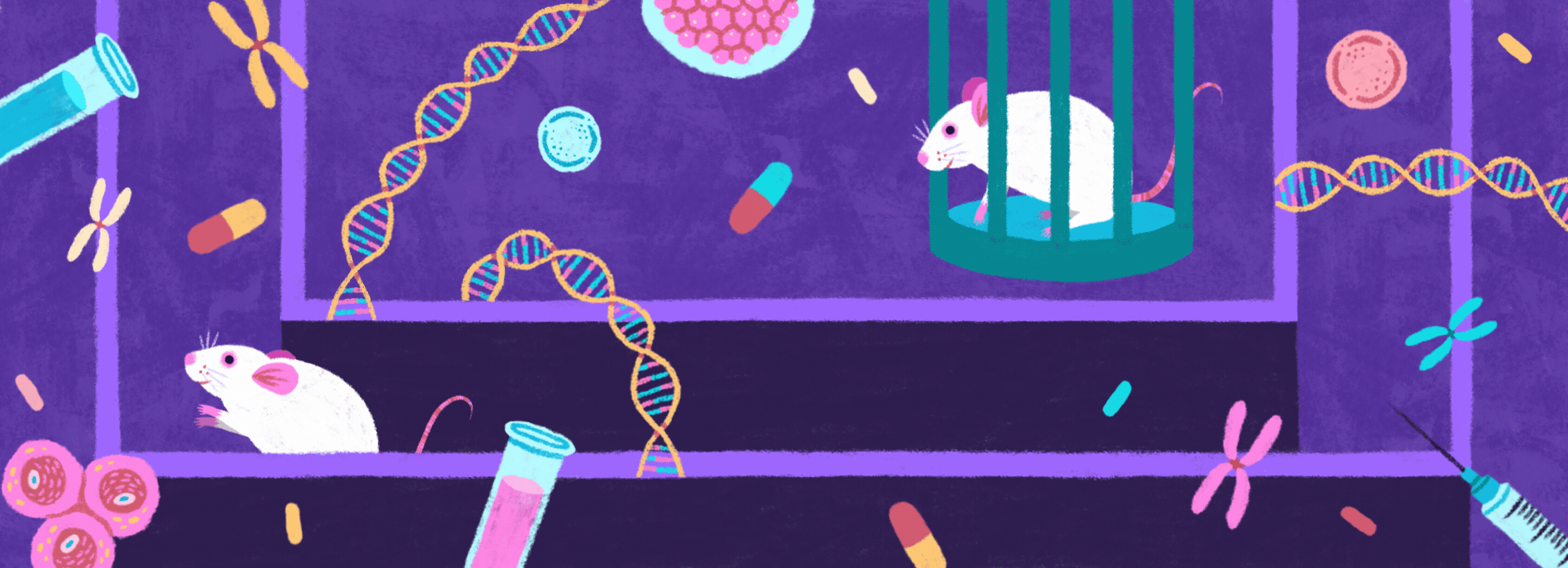
Why studying autism in mice may be doomed to fail
After more than a decade of effort, scientists are questioning whether mouse models of autism can ever capture the social deficits seen in people with the condition.
Why we need a mouse version of a diagnostic test for autism
Researchers have developed behavioral measures that can accurately diagnose autism in people; these lessons can and should be applied to mice.
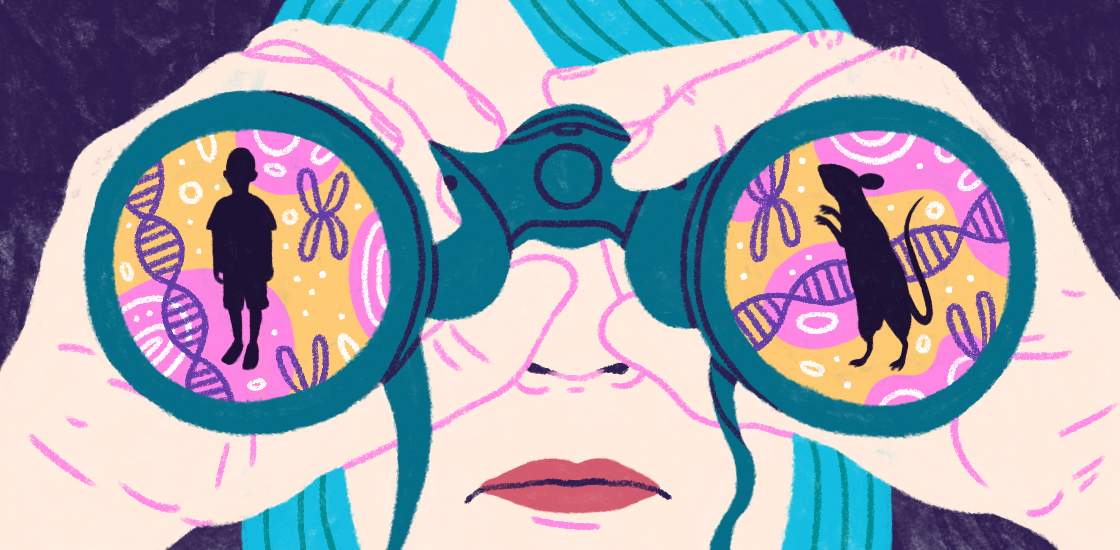
Why we need a mouse version of a diagnostic test for autism
Researchers have developed behavioral measures that can accurately diagnose autism in people; these lessons can and should be applied to mice.
How variability among mouse strains can aid autism research
Researchers can convert the distinct genetic backgrounds of lab mice from a problem to an advantage, exploiting the differences to advance our understanding of autism.
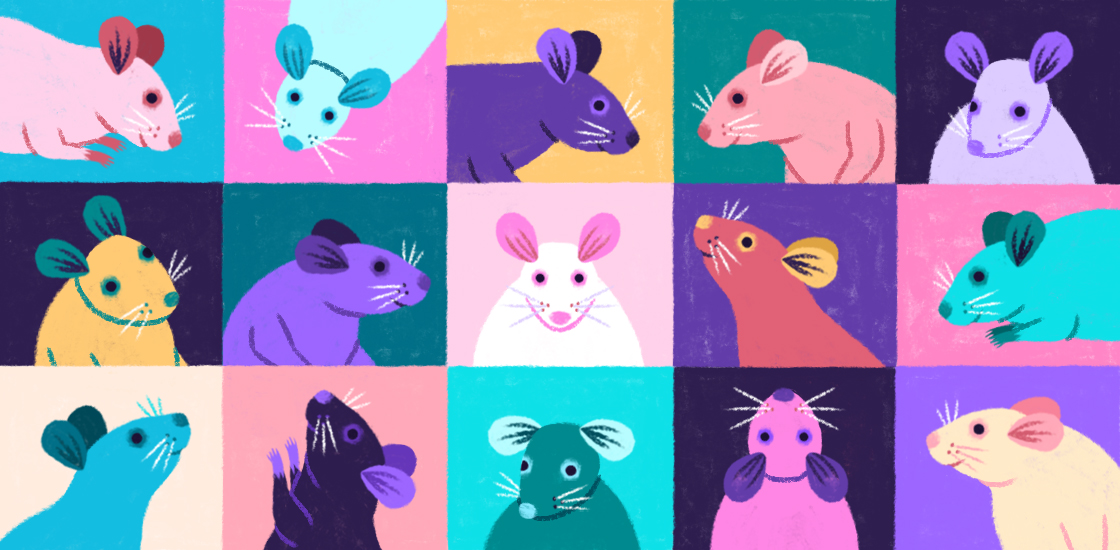
How variability among mouse strains can aid autism research
Researchers can convert the distinct genetic backgrounds of lab mice from a problem to an advantage, exploiting the differences to advance our understanding of autism.
Statistical errors may taint as many as half of mouse studies
Neuroscientists are sounding the alarm about ‘pseudoreplication,’ a widespread practice that studs the literature with false results.
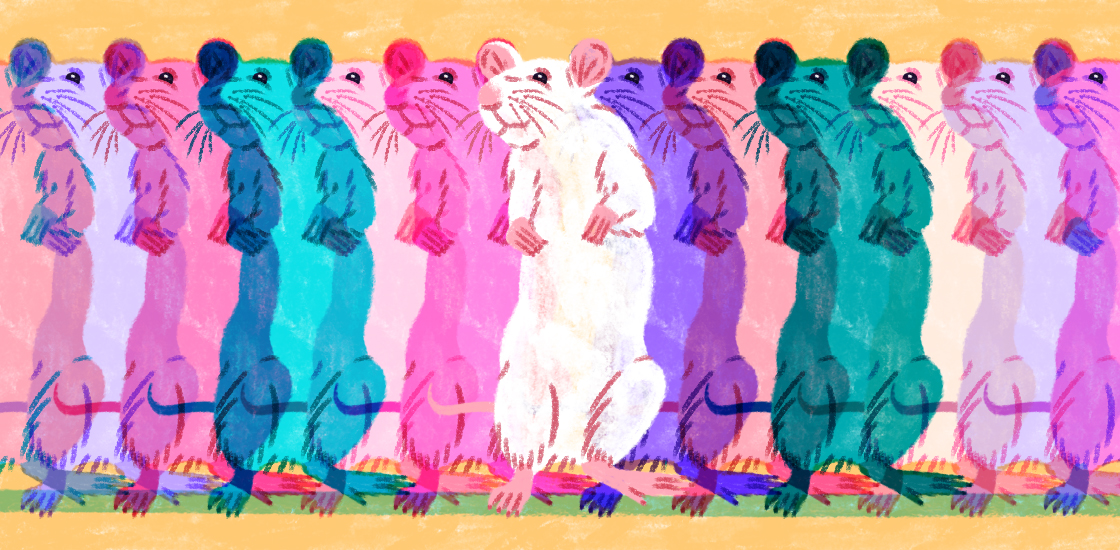
Statistical errors may taint as many as half of mouse studies
Neuroscientists are sounding the alarm about ‘pseudoreplication,’ a widespread practice that studs the literature with false results.
What to watch for when analyzing mouse behavior
Many tests for unusual behavior in mice are prone to operator error. Here’s how to avoid common traps.
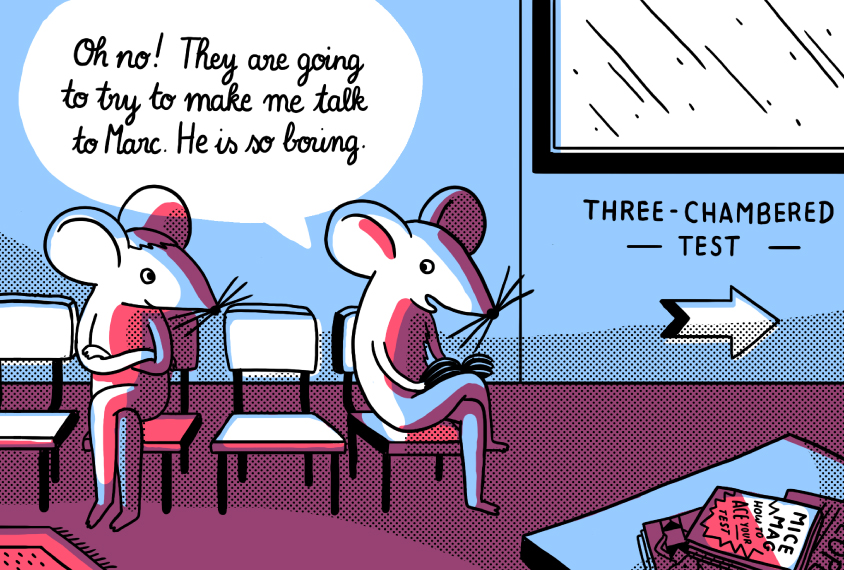
What to watch for when analyzing mouse behavior
Many tests for unusual behavior in mice are prone to operator error. Here’s how to avoid common traps.
‘Outmoded’ mouse models of autism may still yield new advances
Many researchers question the value of three early mouse models of autism, but the models have their staunch supporters.
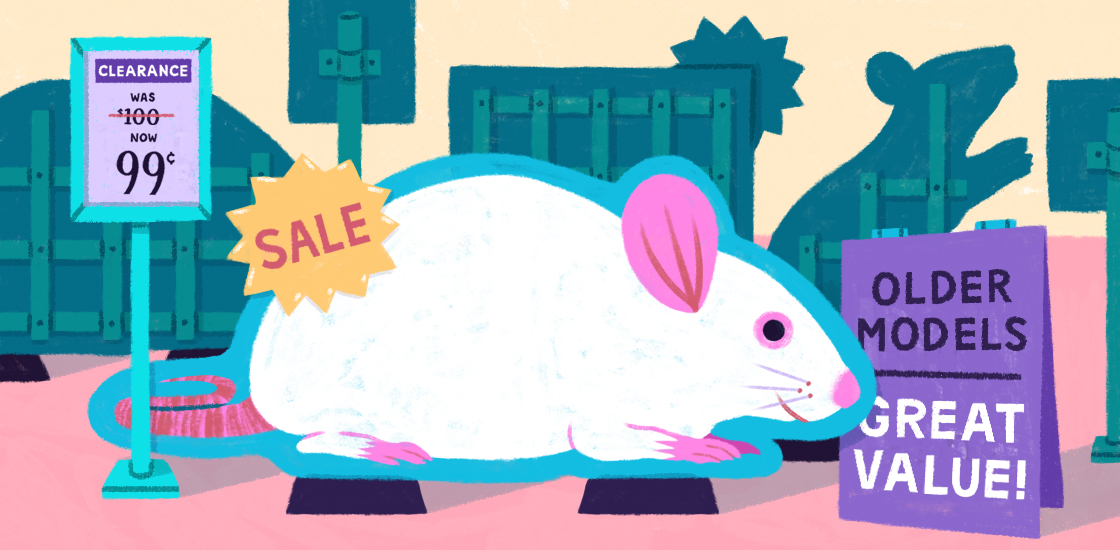
‘Outmoded’ mouse models of autism may still yield new advances
Many researchers question the value of three early mouse models of autism, but the models have their staunch supporters.
‘Syntax’ of mouse behavior may speak volumes about autism
An algorithm that decodes and quantifies mouse body language could reveal the brain circuits underlying certain autism features.
‘Syntax’ of mouse behavior may speak volumes about autism
An algorithm that decodes and quantifies mouse body language could reveal the brain circuits underlying certain autism features.
How to improve mouse models’ usefulness for understanding autism
Integrating human-specific genetic elements into mice may provide a permissive, ‘humanized’ environment for studying autism.
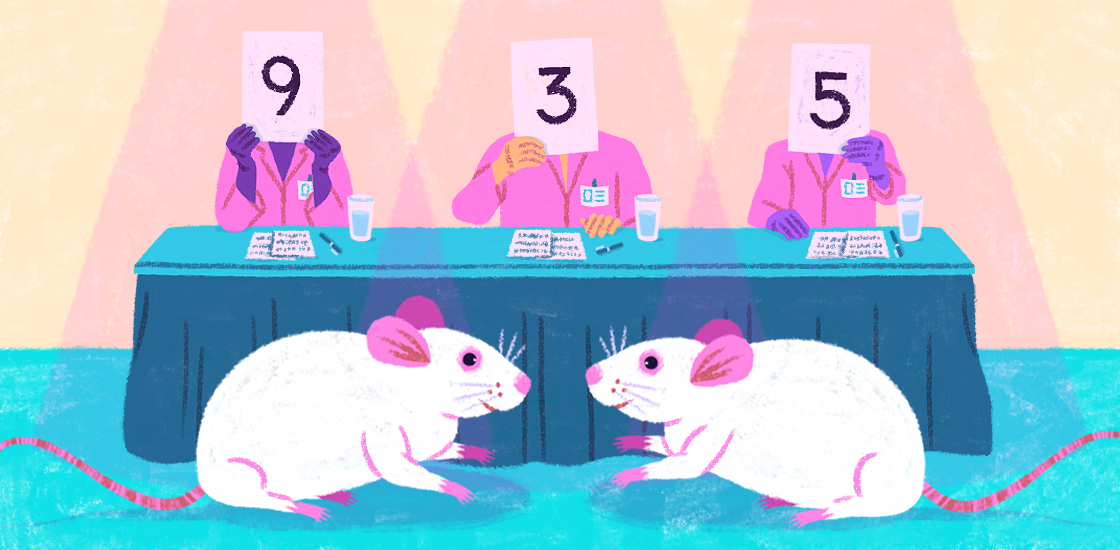
How to improve mouse models’ usefulness for understanding autism
Integrating human-specific genetic elements into mice may provide a permissive, ‘humanized’ environment for studying autism.
‘Outdated’ mouse model exposes key disruptions in autism brain
A mouse model based on exposure to an epilepsy drug offers a useful window into the brain circuits altered in autism.
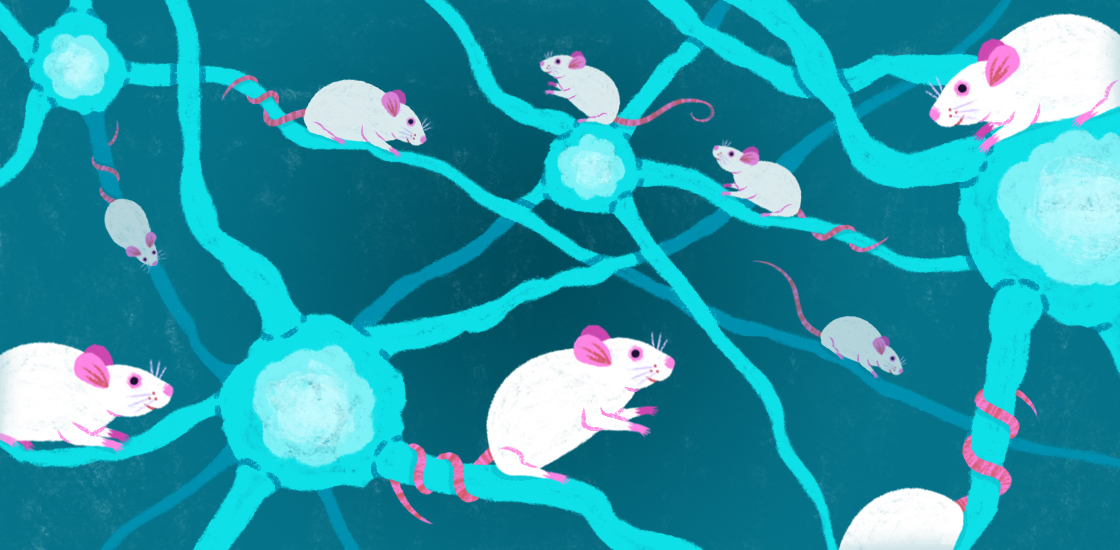
‘Outdated’ mouse model exposes key disruptions in autism brain
A mouse model based on exposure to an epilepsy drug offers a useful window into the brain circuits altered in autism.
‘Retired’ mice find new life as top models for autism
As the list of autism candidate genes grows, some mouse models of the genes turn up in long-forgotten studies.
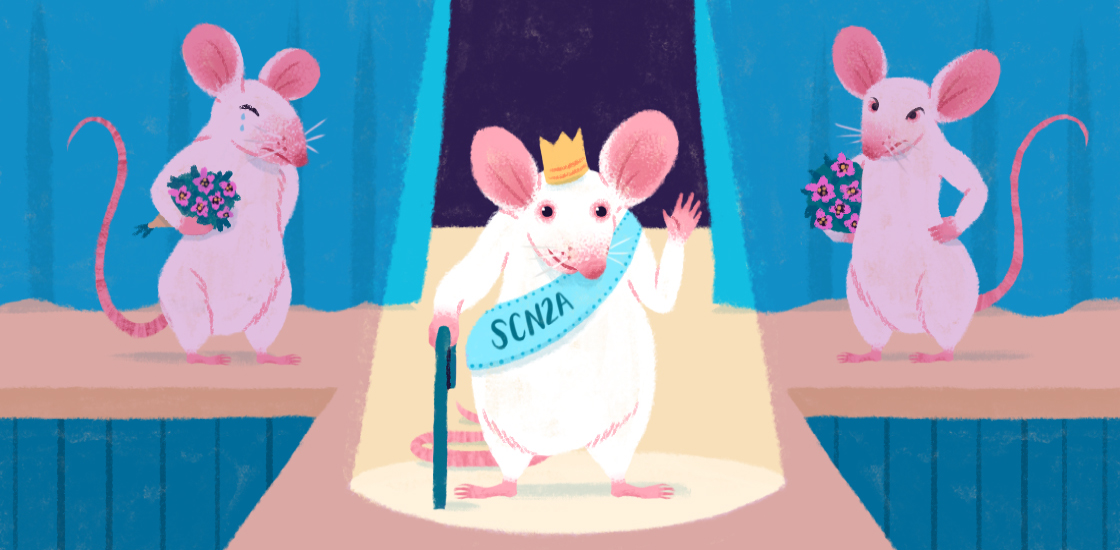
‘Retired’ mice find new life as top models for autism
As the list of autism candidate genes grows, some mouse models of the genes turn up in long-forgotten studies.
Inside Scoop From the Autism Anchors: The role of mouse models in autism
Our autism anchors, Raphael Bernier and James Mancini, explain how mouse models can help scientists understand the causes of autism and evaluate potential treatments for the condition.

Inside Scoop From the Autism Anchors: The role of mouse models in autism
Our autism anchors, Raphael Bernier and James Mancini, explain how mouse models can help scientists understand the causes of autism and evaluate potential treatments for the condition.
Spectrum Stories: Talking about autism mouse models
Scientists discuss the problems with using mice to study autism, and explain how the field might move forward.
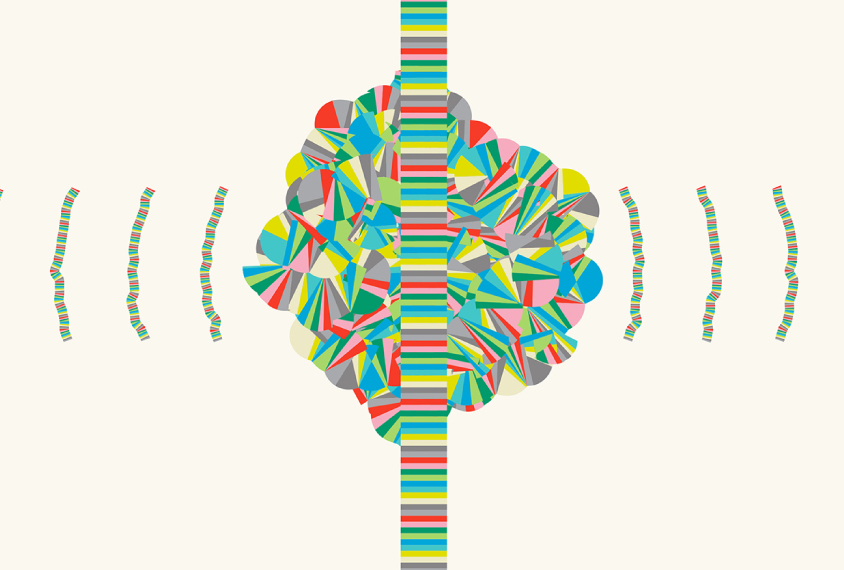
Spectrum Stories: Talking about autism mouse models
Scientists discuss the problems with using mice to study autism, and explain how the field might move forward.
From the archives
Where’s the funding for translational research in autism?
A dearth of funding hobbles autism researchers’ ability to do what we can truly call translational science.
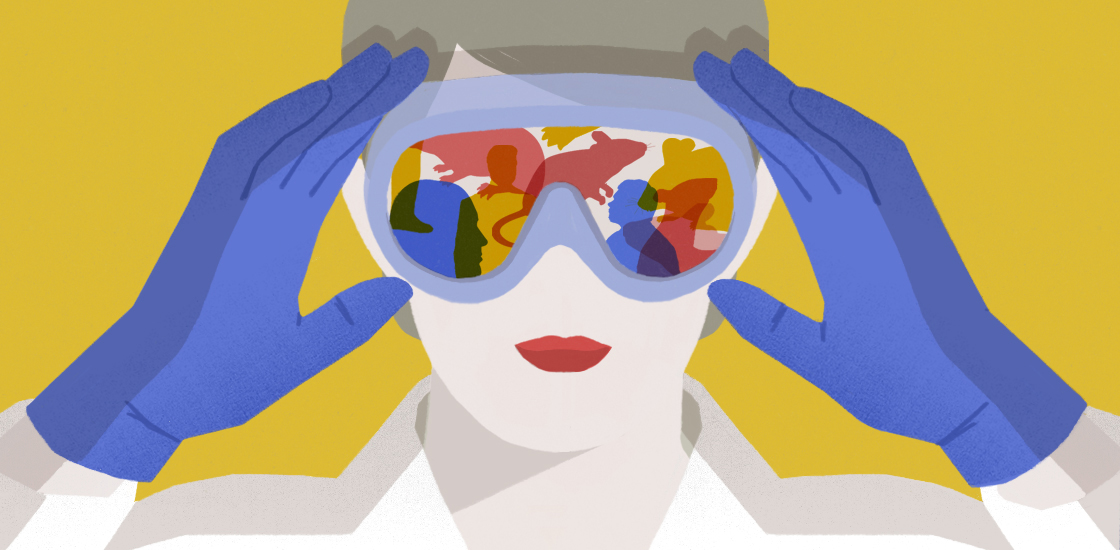
Where’s the funding for translational research in autism?
A dearth of funding hobbles autism researchers’ ability to do what we can truly call translational science.
Meet the newest contestant in the scientific rat race
Mice have long been the mainstay of autism research, but a small group of scientists say rats are the superior choice. Rats are bigger, smarter, friendlier — and a lot more fun.
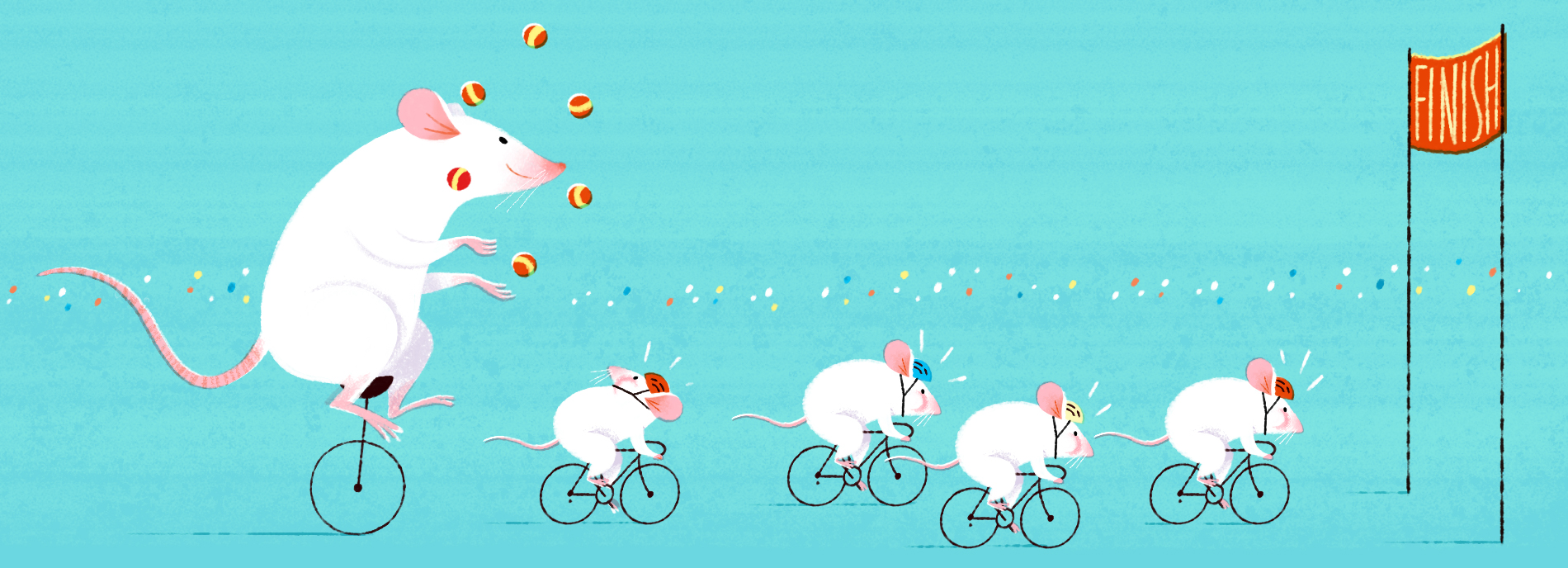
Meet the newest contestant in the scientific rat race
Mice have long been the mainstay of autism research, but a small group of scientists say rats are the superior choice. Rats are bigger, smarter, friendlier — and a lot more fun.
From temperature to toys, strange stimuli skew rodent results
Interpreting mouse and rat behavior is tricky because of the hidden factors that can influence experiments.

From temperature to toys, strange stimuli skew rodent results
Interpreting mouse and rat behavior is tricky because of the hidden factors that can influence experiments.
Questions for Timothy Murphy: Mice take selfies of their brains
By coaching mice to position themselves under a microscope, researchers can regularly peer into their brains without disrupting the rodents’ social life.
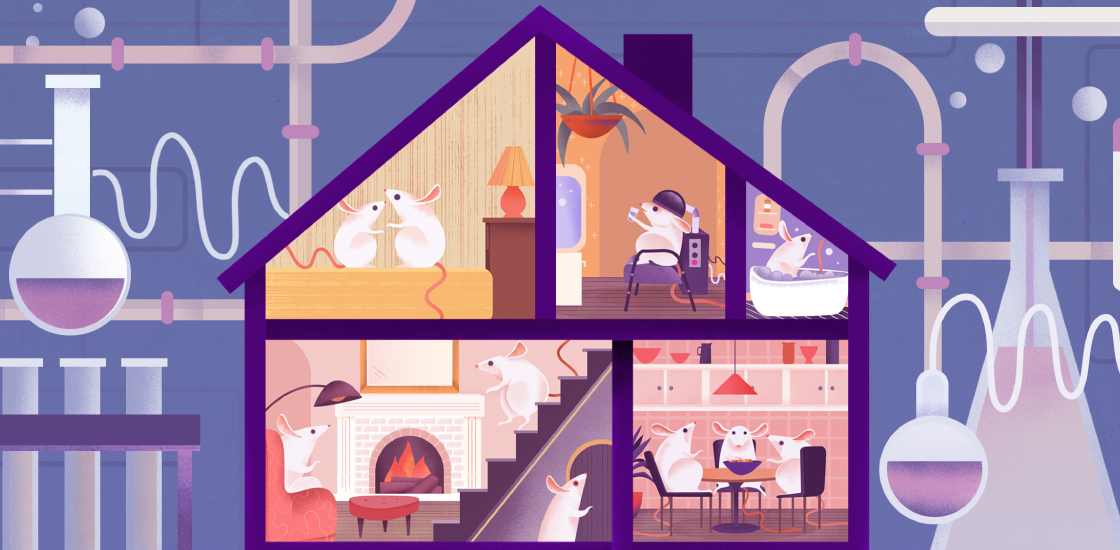
Questions for Timothy Murphy: Mice take selfies of their brains
By coaching mice to position themselves under a microscope, researchers can regularly peer into their brains without disrupting the rodents’ social life.
Working with mice? Question their background
A standard mouse strain used by researchers worldwide harbors an unintended mutation that impairs immune cell development — and may confound results.

Working with mice? Question their background
A standard mouse strain used by researchers worldwide harbors an unintended mutation that impairs immune cell development — and may confound results.
Genetic background may alter behavior of autism mice
Differences in the background genetics of mouse strains may modify the effects of autism genes, suggests a study published 11 March in Autism Research. The study looked at the behavior of mice with a mutation in neuroligin-3, a strong autism candidate gene.

Genetic background may alter behavior of autism mice
Differences in the background genetics of mouse strains may modify the effects of autism genes, suggests a study published 11 March in Autism Research. The study looked at the behavior of mice with a mutation in neuroligin-3, a strong autism candidate gene.
In mice, bullying may confound autism-like symptoms
Living with a large cagemate can cause mutant mice to demonstrate autism-like behaviors that researchers may misinterpret as originating from the mutation, according to a study published 15 April in Physiology of Behavior.

In mice, bullying may confound autism-like symptoms
Living with a large cagemate can cause mutant mice to demonstrate autism-like behaviors that researchers may misinterpret as originating from the mutation, according to a study published 15 April in Physiology of Behavior.
Optimizing behavioral assays for mouse models of autism
As the number of autism rodent models climbs, it is a good time for the field to step back and consider the best practices for assessing autism-like symptoms in rodents, says Jacqueline Crawley.

Optimizing behavioral assays for mouse models of autism
As the number of autism rodent models climbs, it is a good time for the field to step back and consider the best practices for assessing autism-like symptoms in rodents, says Jacqueline Crawley.
Mice made with CRISPR usher in new era of autism research
Researchers have debuted two mouse models of autism made using the gene-editing tool CRISPR. Both strains lack one copy of CHD8, a gene with strong ties to autism.
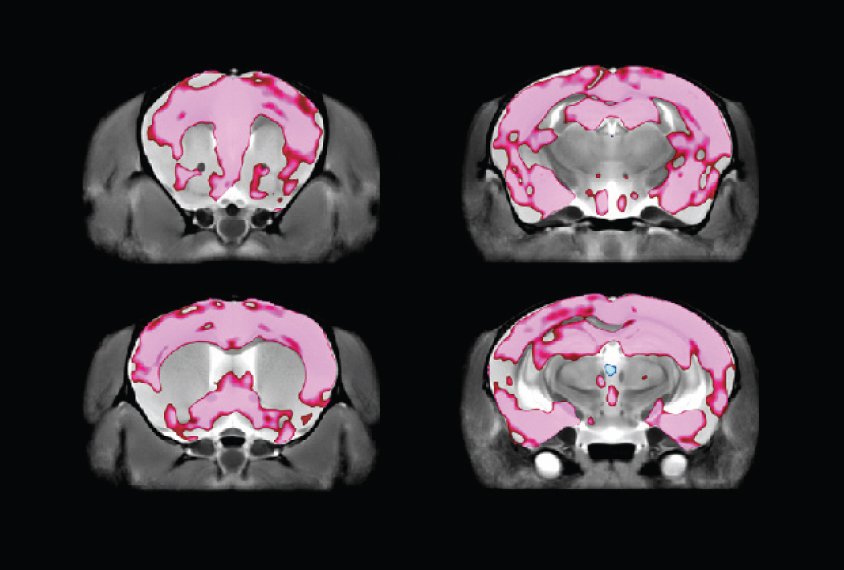
Mice made with CRISPR usher in new era of autism research
Researchers have debuted two mouse models of autism made using the gene-editing tool CRISPR. Both strains lack one copy of CHD8, a gene with strong ties to autism.
Cozy cage offers natural setting for mice to socialize
New cages for mice mimic the animals’ natural burrows, providing a realistic environment for studies of social behavior.
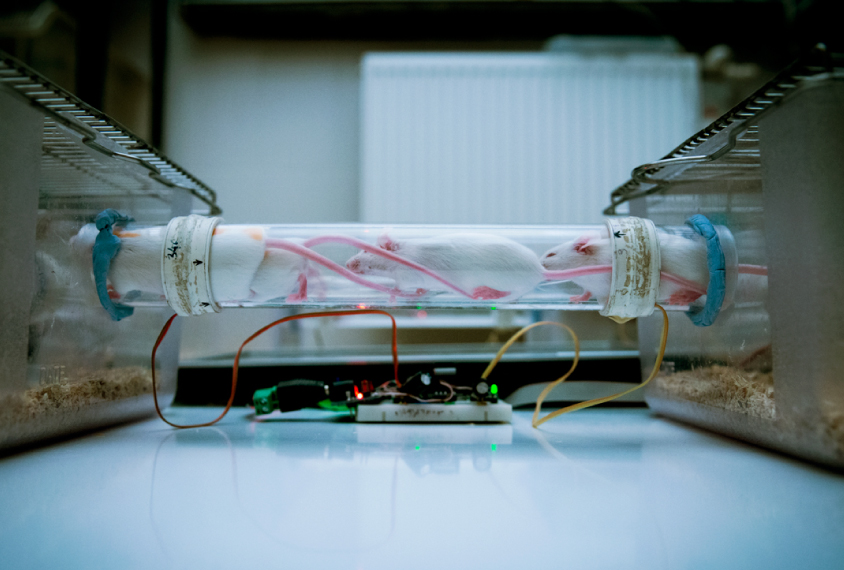
Cozy cage offers natural setting for mice to socialize
New cages for mice mimic the animals’ natural burrows, providing a realistic environment for studies of social behavior.
Explore more from The Transmitter
PTEN problems underscore autism connection to excess brain fluid
Damaging variants in the autism-linked gene cause congenital hydrocephalus—a buildup of cerebrospinal fluid in the brain—by turbocharging a downstream signaling pathway that promotes the growth of cells, according to a new study.
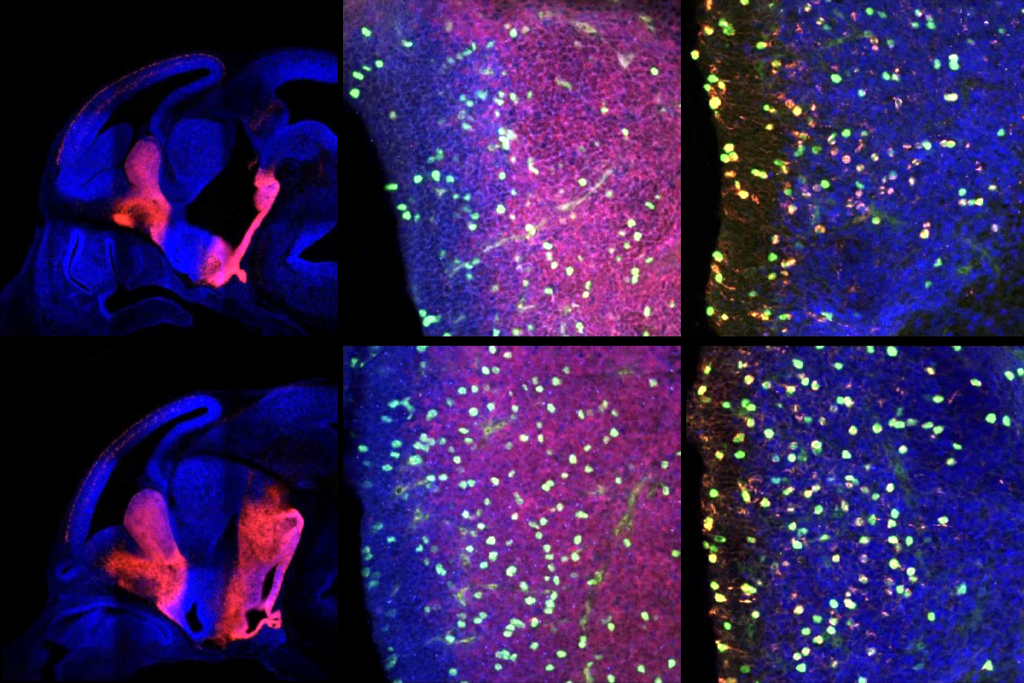
PTEN problems underscore autism connection to excess brain fluid
Damaging variants in the autism-linked gene cause congenital hydrocephalus—a buildup of cerebrospinal fluid in the brain—by turbocharging a downstream signaling pathway that promotes the growth of cells, according to a new study.
U.S. health agency purge includes 10 lab heads at National Institute of Neurological Disorders and Stroke
The reasons for selecting these researchers—who have led work on neuronal migration, dopamine receptors in neuronal signaling and the structure of ion channels, among other areas—remain unclear.
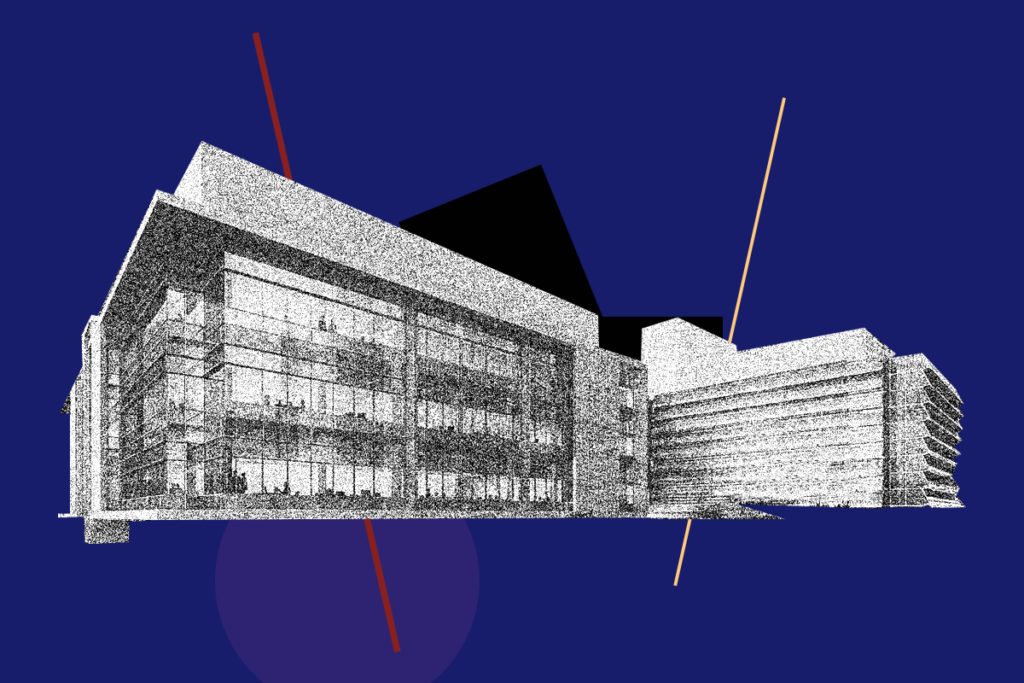
U.S. health agency purge includes 10 lab heads at National Institute of Neurological Disorders and Stroke
The reasons for selecting these researchers—who have led work on neuronal migration, dopamine receptors in neuronal signaling and the structure of ion channels, among other areas—remain unclear.
Five things to know if your federal grant is terminated
If you want to appeal the decision, know the rules that govern terminations, as well as the specific rationale given in your notice, science policy experts say.
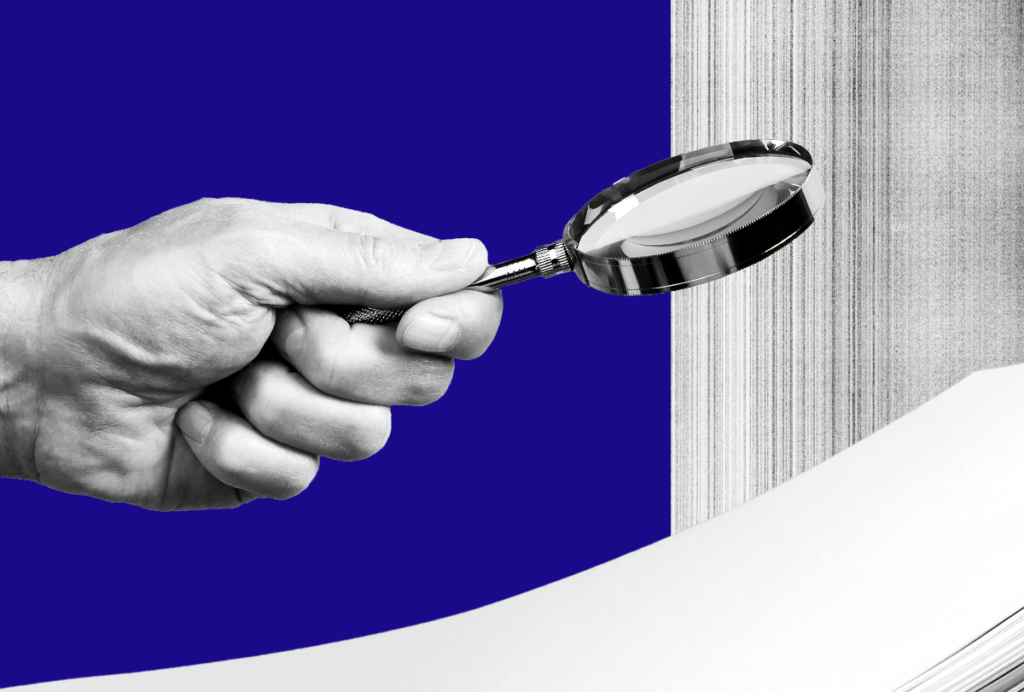
Five things to know if your federal grant is terminated
If you want to appeal the decision, know the rules that govern terminations, as well as the specific rationale given in your notice, science policy experts say.